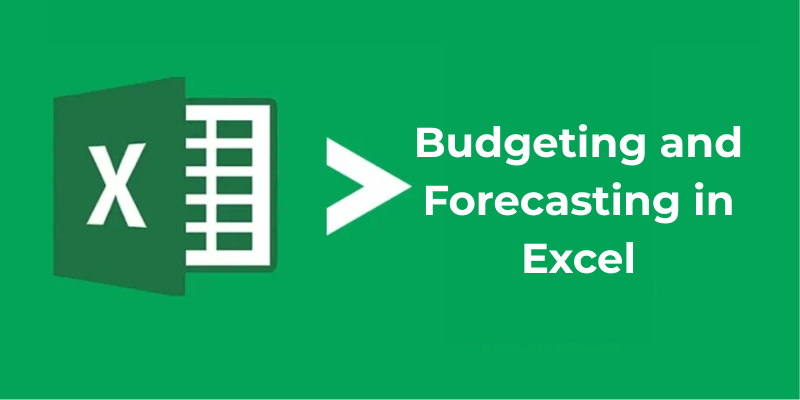
Excel is a powerful tool essential for budgeting and forecasting in business and personal finance. Its advanced features help users plan, predict, and track financial data effectively. Mastering Excel for budgeting and forecasting enables finance professionals and small business owners to gain accurate insights and make informed, data-driven decisions that lead to better financial outcomes. Join Advanced Excel Training in Chennai to gain hands-on experience, develop skills, and secure placement support.
What Is Budgeting and Forecasting in Excel?
- Budgeting in Excel involves creating a financial plan that estimates income, expenses, and savings over a specified period. It helps organisations allocate resources efficiently and stay on track with financial goals.
- Forecasting in Excel refers to predicting future financial outcomes based on historical data and trends. It allows businesses to anticipate potential challenges and adjust their strategies accordingly.
Both these processes are fundamental in financial planning and can be easily managed using Excel spreadsheets. Also, enhance your skills with Pega Training in Chennai to learn automation effectively.
Why Use Excel for Budgeting and Forecasting?
- Flexibility: Excel allows customisation of templates based on specific business needs.
- Data Analysis Tools: Excel provides built-in tools such as What-If Analysis, Goal Seek, and Scenario Manager to enhance forecasting accuracy.
- Visualisation: With charts and graphs, users can easily visualise financial data for better interpretation.
- Accessibility: Excel is easily accessible and straightforward to use, making the uses of Excel in business practical for professionals without the need for complex tools.
Step 1: Setting Up Your Budget Template
To begin your budgeting in Excel:
- Create columns for income sources, fixed expenses, variable expenses, and savings.
- Use formulas such as SUM to calculate totals and ensure consistency in calculations.
- Implement conditional formatting to highlight areas that exceed budget limits.
Example formula:
excel
CopyEdit
=SUM(B2:B10)
This function adds up the values from cell B2 to B10, which helps calculate total expenses.
Step 2: Input Historical Data for Forecasting
For accurate forecasting in Excel, historical data is essential. Input past financial data, such as:
- Monthly sales
- Operating costs
- Seasonal trends
This data acts as a foundation for creating realistic forecasts.
Master cloud computing skills through Windows Azure Training in Chennai with real-time projects.
Step 3: Apply Excel Forecast Sheet
Excel offers a built-in Forecast Sheet tool that automates forecasting based on historical data:
- Select the data series.
- Go to the Data tab.
- Click on Forecast Sheet.
- Choose a line or column chart to display projections.
This feature simplifies the financial forecasting process in Excel by predicting trends and potential future outcomes.
Step 4: Utilise What-If Analysis
The What-If Analysis tool in Excel helps simulate different financial scenarios:
- Scenario Manager: Evaluate various budgeting scenarios by changing key inputs.
- Goal Seek: Determine required inputs to reach a specific financial goal.
- Data Tables: Analyse how changes in variables affect financial outcomes.
These tools enhance Excel's forecasting capabilities, enabling better strategic planning.
Step 5: Visualising Data with Charts
Visualisation aids in understanding budget performance and forecast accuracy:
- Use bar charts, line graphs, and pie charts to effectively present data.
- Apply PivotTables to summarise data dynamically.
Visualisation not only makes reports more engaging but also highlights key financial metrics. Explore career-focused courses at the Best Software Training Institute in Chennai and advance your career in the IT field.
Best Practices for Budgeting and Forecasting in Excel
- Keep data organised: Maintain a clean and structured layout for easy updates.
- Regular updates: Refresh data monthly to ensure forecasts remain relevant.
- Version control: Save versions periodically to track changes and improvements.
- Data validation: Ensure data accuracy to avoid errors in forecasts.
Mastering budgeting and forecasting in Excel can significantly improve your financial planning and decision-making. From setting up a comprehensive budget template to utilising advanced features like the Forecast Sheet and What-If Analysis, Excel provides all the tools necessary for accurate financial management.
Also Check: Neural Network in Data Science